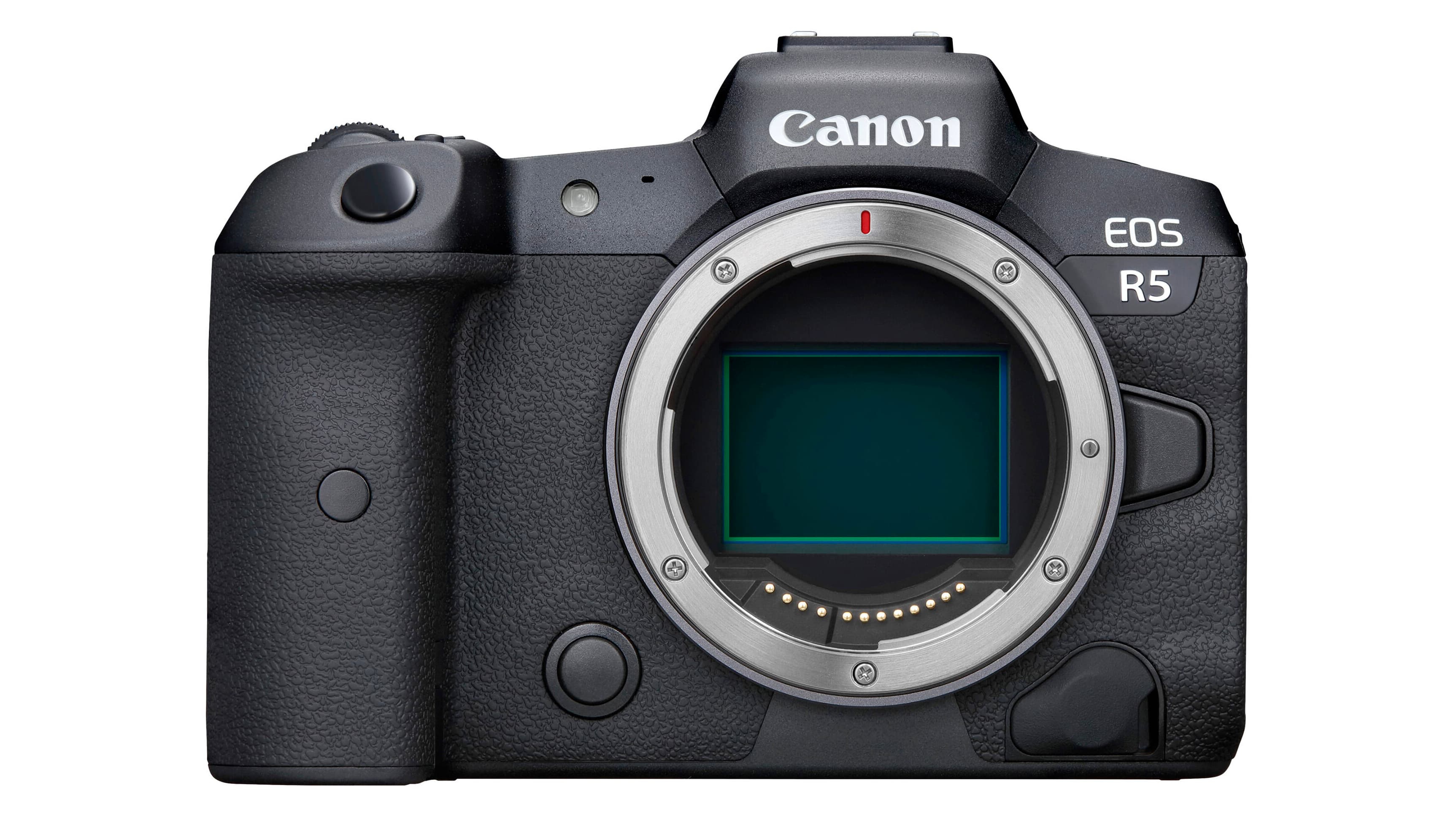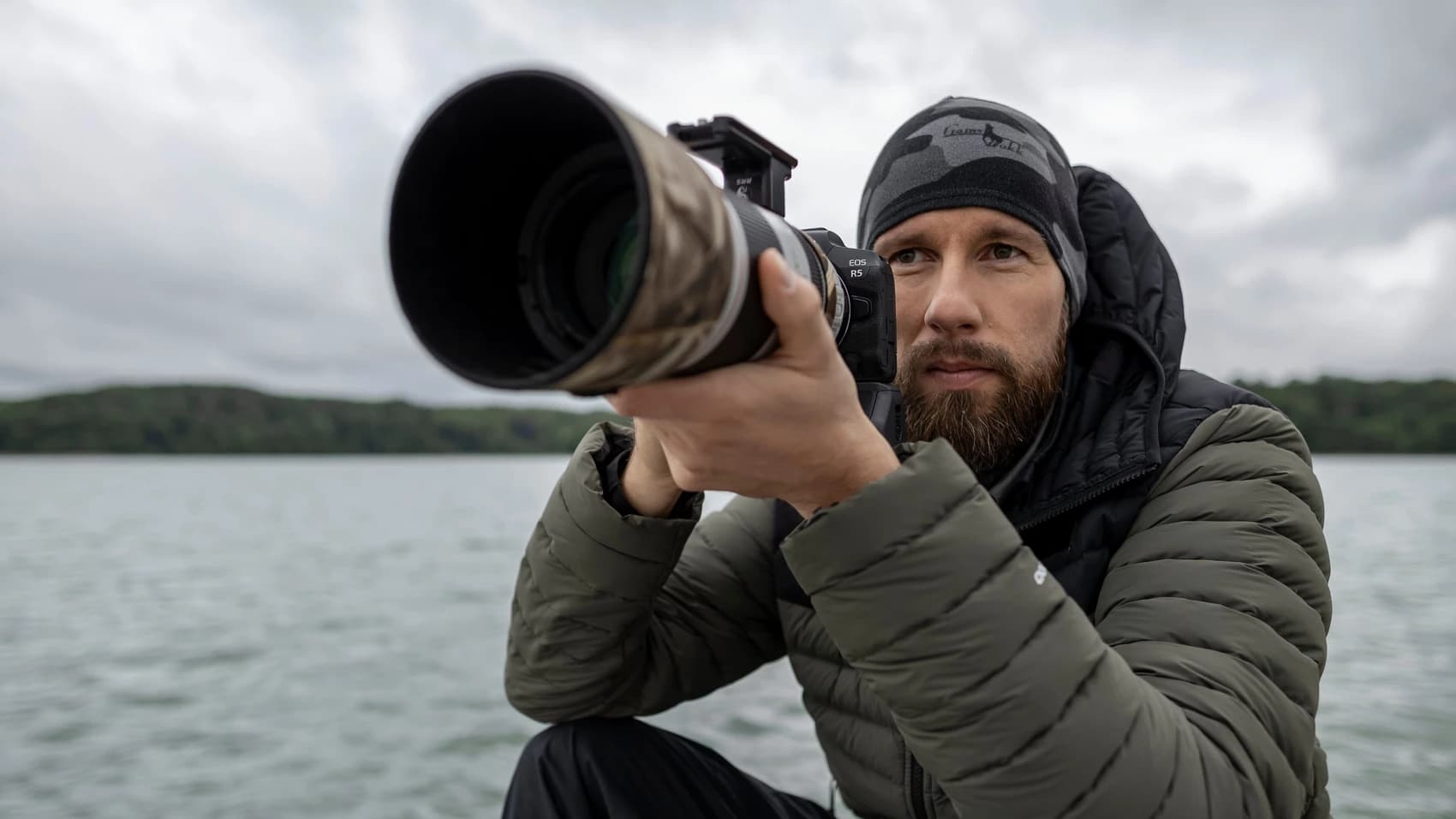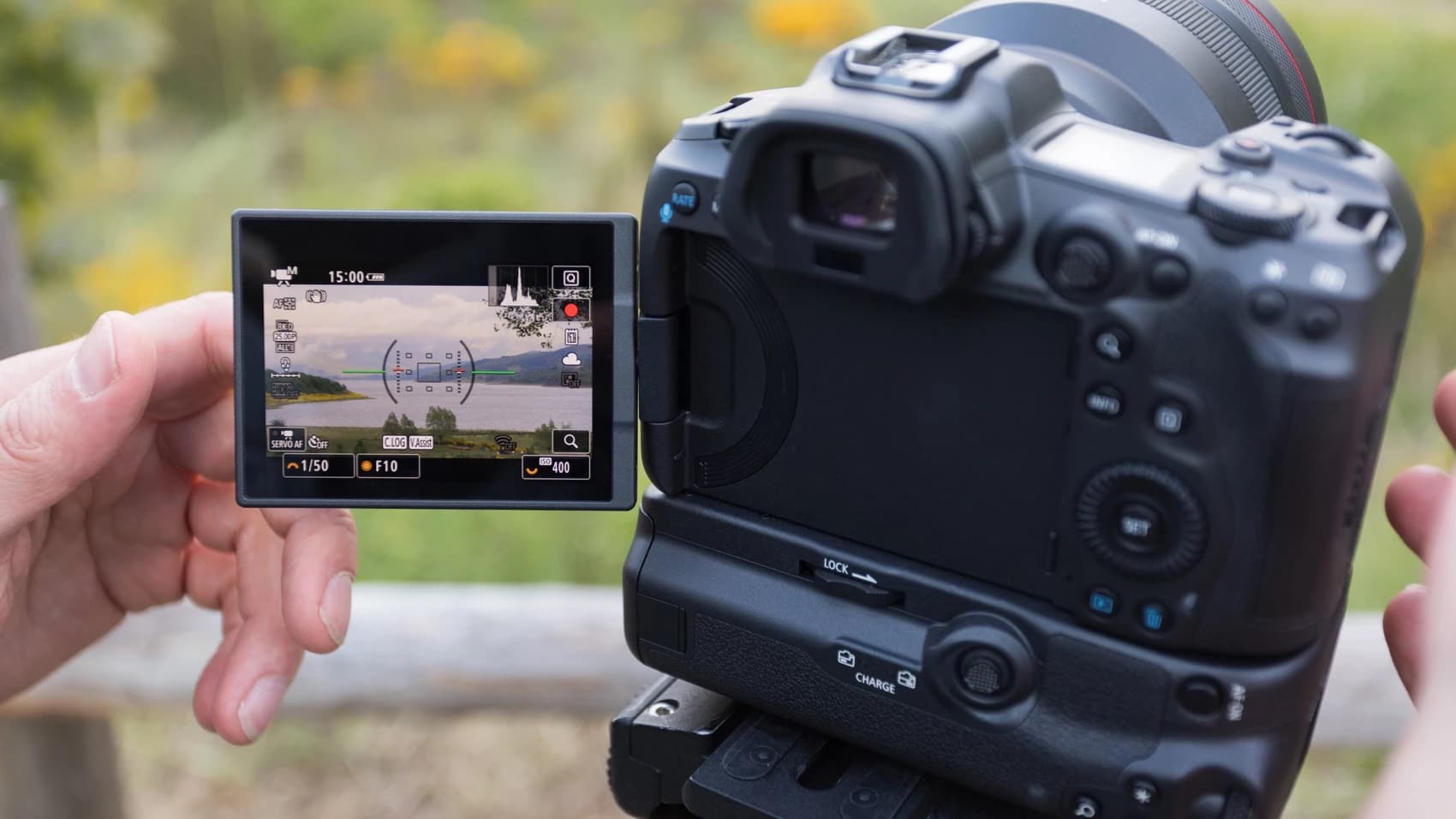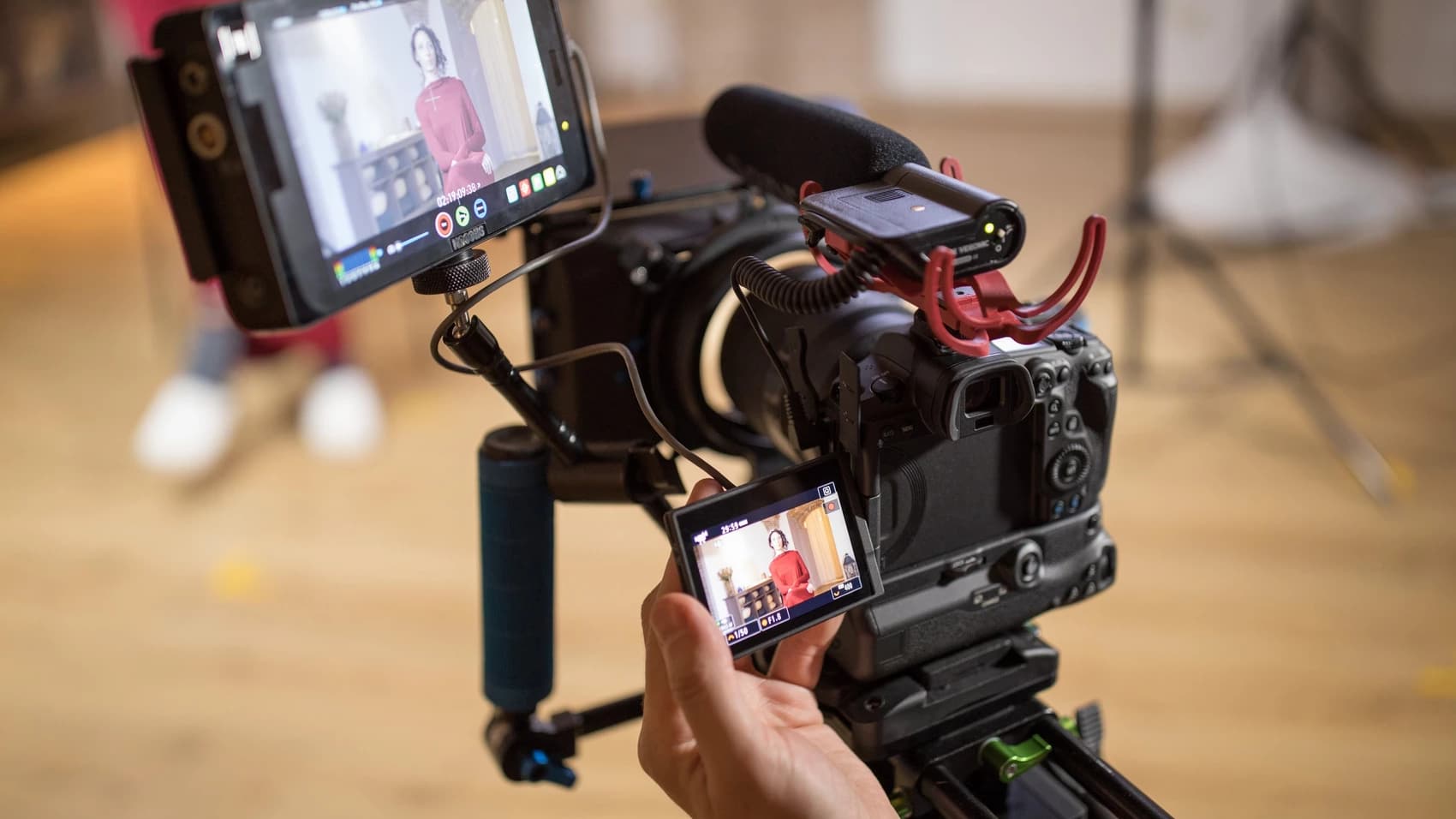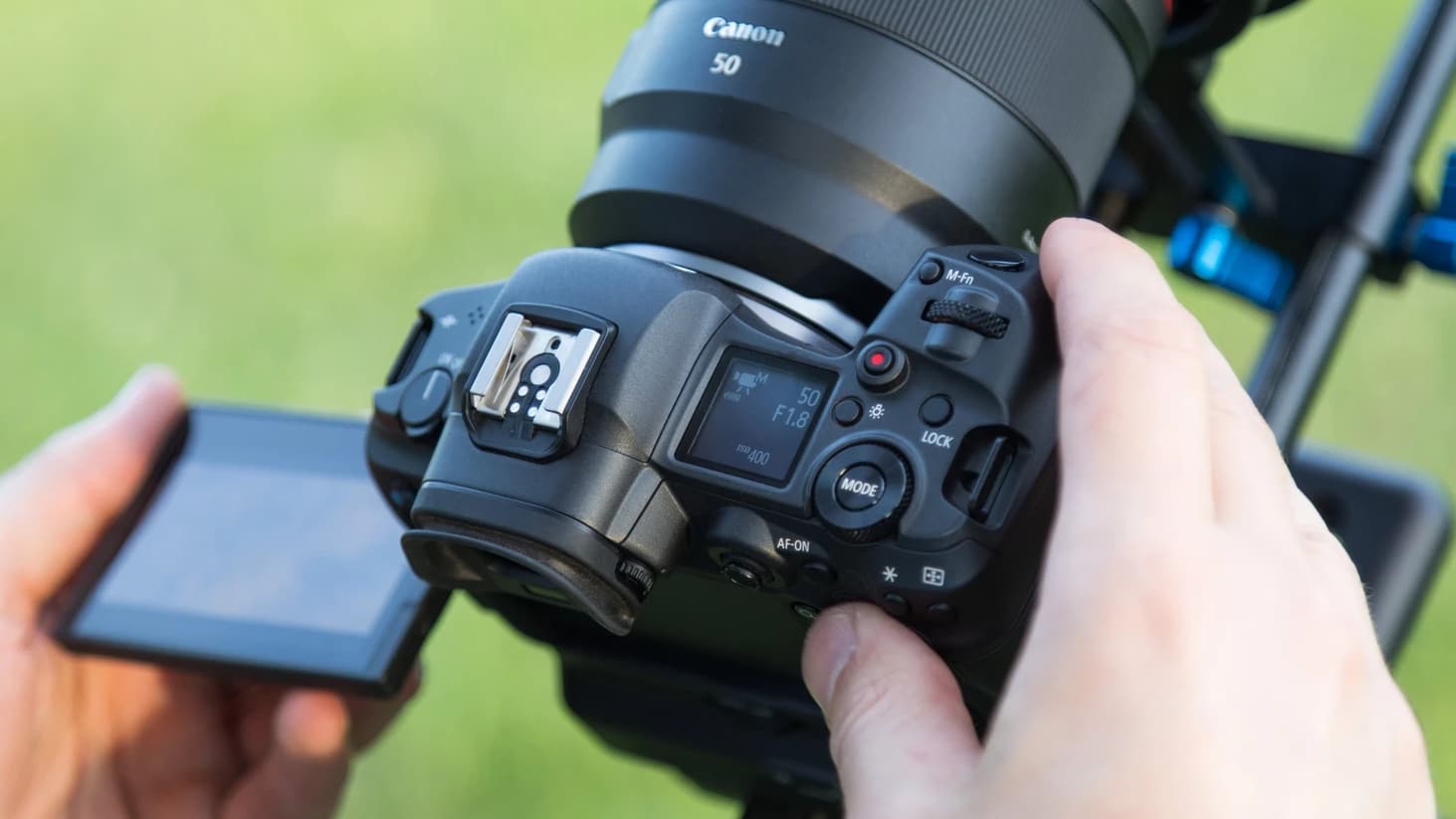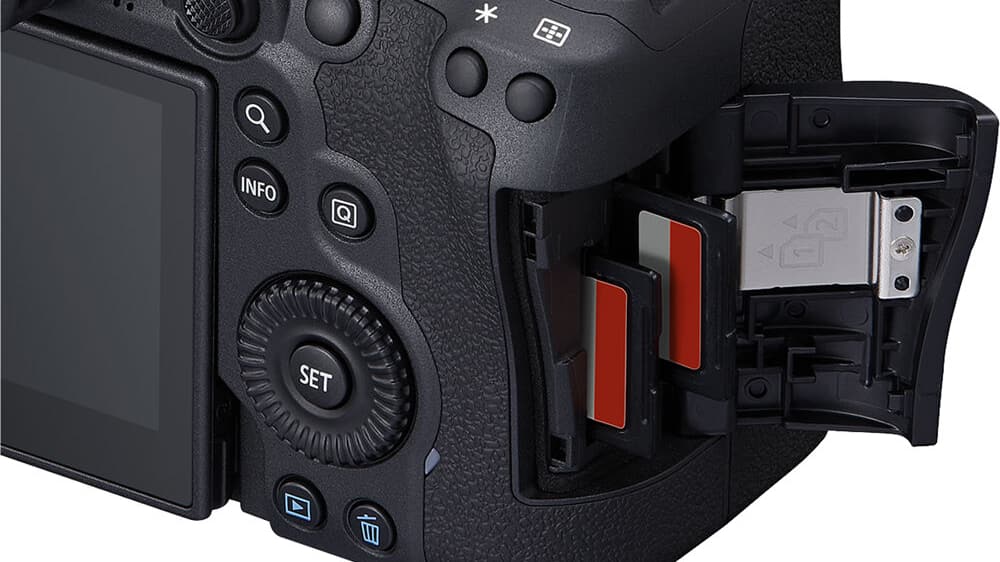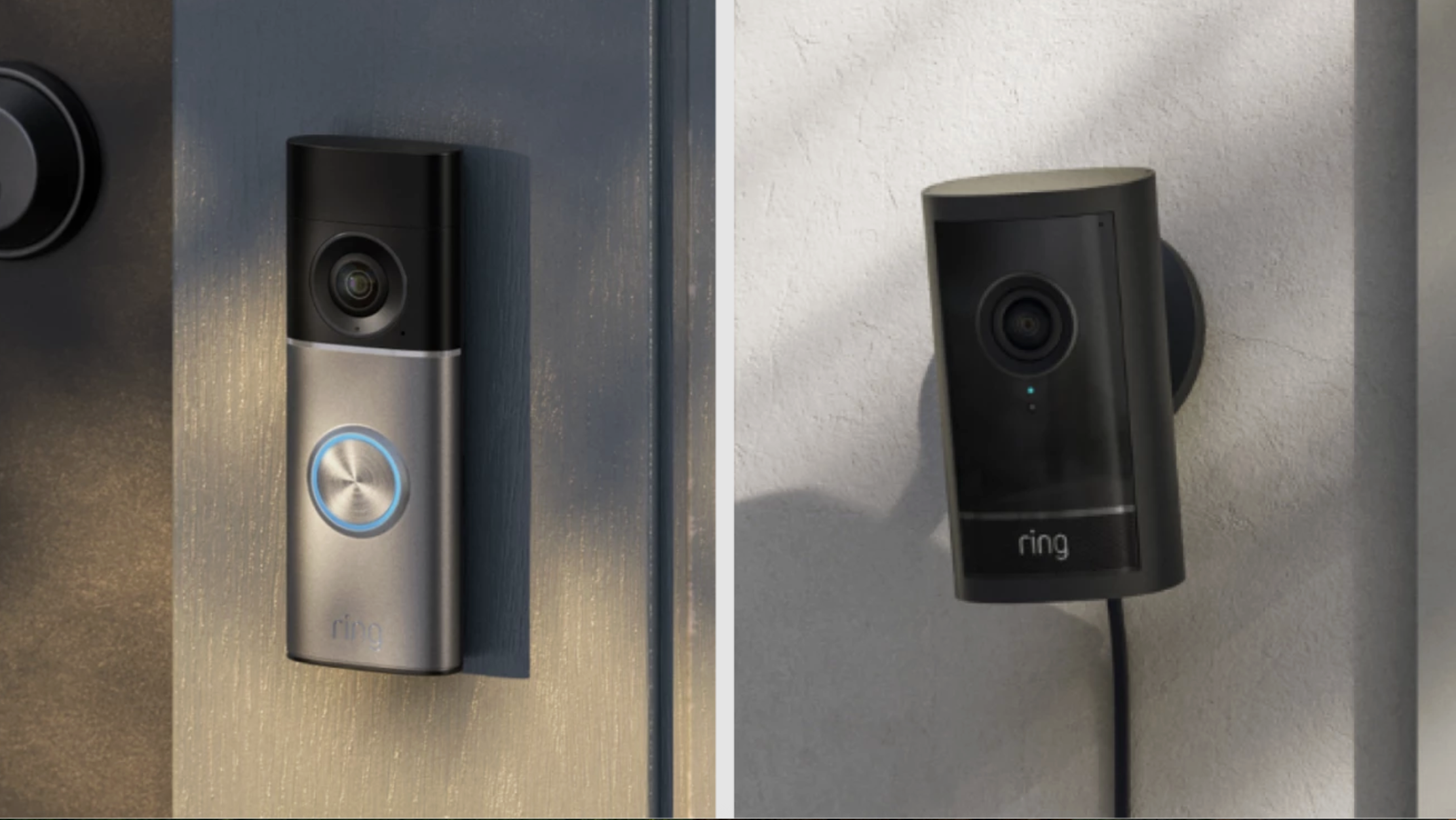Canon EOS R6 II vs EOS R5
The EOS R6 II is Canon’s hot new full frame RF camera, but how does it compare to the EOS R5, and which should you buy?
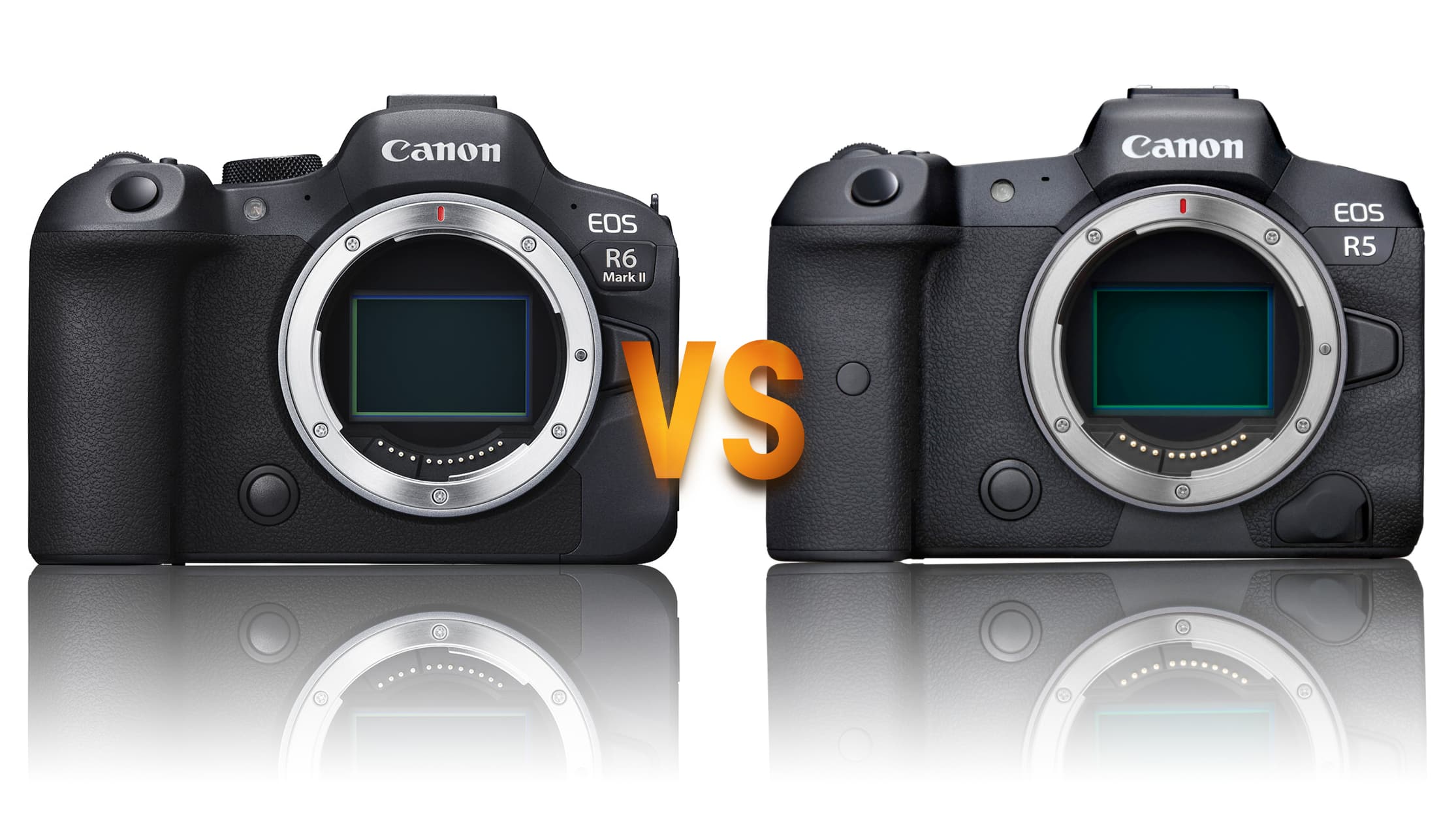
Short of stepping up to the EOS R3, which is a different kind of camera, the new EOS R6 II and EOS R5 are Canon’s two top mainstream full frame mirrorless cameras. They look the same, they handle the same and to a large degree they are aimed at the same pro/semi-pro audience.
The most obvious differences are the 45MP resolution of the EOS R5 and its 8K video capability, but that still leaves buyers with some thinking to do around how much these features are worth and whether there are other compromises which could tilt the choice towards the newer EOS R6 II, especially since it’s so much cheaper.
The EOS R5 is certainly one of the best professional cameras you can buy, as well as being one of the best Canon cameras all round. The EOS R6 II, however, might prove to be one of the best cameras for filmmaking or even one of the best cameras for sport.
So let’s take a closer look at the features of these two cameras to see what. the differences are and how significant they might be on a practical basis.
Canon EOS R6 II vs EOS R5
Why you can trust Digital Camera World
1. Resolution
• Canon EOS R6 II: 24.2 full frame CMOS
• Canon EOS R5: 45MP full frame CMOS
This is the most obvious difference. The EOS R6 II steps up to 24MP resolution versus the old model’s 20MP, which is closer to the mainstream full frame entry-level norm. It’s a small change, though, and the EOS R5 is still way out in front with almost twice as many pixels. That means images which are roughly 1.4x wider and taller in pixel terms. 24 megapixels will be adequate for many users, but the EOS R5’s 45 million pixels is a huge jump up in resolution.
2. ISO range
• Canon EOS R6 II: 100-102,400
• Canon EOS R5: ISO 100-51,200
You would normally expect higher resolution cameras to have a lower maximum ISO for a given sensor size, and that does apply here. Nevertheless, even with 45 million pixels, the EOS R5 goes right up to ISO 51,200 in its standard non-extended range. The EOR R6 II pulls out another stop with a maximum ISO 102,400 in its standard range. It doesn’t sound like a big difference, but we would probably expect the EOS R6 II images to look just a little cleaner at mid-high ISO settings. We’ll find out when we carry out a full review.
3. Continuous shooting
• Canon EOS R6 II: 40fps electronic, 12fps mechanical, buffer 190 JPEG/75 raw/140 CRAW at 40fps
• Canon EOS R5: 20fps electronic, 12fps mechanical, buffer 350 JPEG/180 raw
When the R5 and R6 were first launched, it was a surprise to discover the R5 could shoot just as fast, at 12fps with its mechanical shutter and 20fps with its electronic shutter. The EOS R6 II puts that right, doubling its electronic shutter speed to an amazing 40fps. If 20fps is enough, though, the EOS R5 is at no disadvantage. It also has a very respectable buffer capacity – though note that the figures above are for 40fps on the R6 II and 20fps on the R5.
4. Autofocus
• Canon EOS R6 II: Dual Pixel CMOS AF II, 4,897 points, EV -6.5, Humans, Animals (Dogs, Cats, Birds and horses) or Vehicles (Racing cars or Motor bikes, Aircraft and Trains)
• Canon EOS R5: Dual Pixel CMOS AF II, 5,940 points, EV -6, Humans, Animals (Dogs, Cats and Birds) or Vehicles (Racing cars or Motor bikes)
Both cameras feature Canon’s highly effective Dual Pixel CMOS AF II autofocus technology. The EOS R5 leads with slightly more user-selectable AF points – though both offer thousands, so it’s pretty academic. The EOS R6 II hits back with half a stop more sensitivity in extreme low light, and an updated AI subject recognition system that can now identify and track aircraft and trains. These are small differences, but the R6 II is just a fraction more capable.
5. Image stabilization
• Canon EOS R6 II: Up to 8 stops
• Canon EOS R5: Up to 8 stops
There are no differences that we know about here. Both cameras use Canon’s high-tech lens sync IS system which we have found to be extremely good at counteracting camera shake. The higher resolution of the EOS R5 might reveal tiny amounts of shake that would be invisible on the R6 II, but that’s because of its resolution, not any differences in the system.
6. Video
• Canon EOS R6 II: 4K 60p, FHD 180fps
• Canon EOS R5: 8K 30p internal raw, 4K 120p 4:2:2 10-bit
As a rule, we expect lower-resolution cameras to be better for video since their sensor resolution more closely matches video resolutions – at least if you shoot in 4K. But the EOS R5 not only shoots full-width 4K at up to 120p but full-width 8K too, even recording it internally in raw. So while the EOS R6 II is a very good hybrid 4K shooter, the R5 remains on another level for high-resolution filmmaking. Its early 8K overheating issues have been reduced with updates and have been put into context by newer rivals which have faced the same issues. The EOS R5 does have video limitations and complications to work around, and it does need the performance of its CFexpress Type B slot for its headline features, but it definitely doesn’t take second place to the R6 II for video – quite the opposite.
7. Controls
• Canon EOS R6 II: Regular mode dial, no top status panel
• Canon EOS R5: Top status panel, no dedicated mode dial
You might expect these two cameras to be largely identical – certainly they are very close in size and weight. But there are obvious differences on the top-plate. The EOS R6 II has a regular mode dial which will be familiar to most camera users, but no top status panel. The EOS R5 does have a status panel on the top, and it relegates mode selection to a control dial. These are both features found on more pro-orientated cameras. This does not necessarily make the R5 more ‘pro’, but its status panel is a definite advantage.
8. Displays
• Canon EOS R6 II: 3.69m dot EVF, 3-inch 1.62m-dot vari-angle screen
• Canon EOS R5: 5.76m-dot EVF, 3.15-inch 2.1m-dot vari-angle screen, top status panel
We’ve mentioned the R5’s status panel already, but there are other differences. The EVF of the R5 has 5.76 million dots, while that of the R6 II has a slightly lower resolution oof 3.69 million dots. Will you notice? Maybe not, but it’s a clear difference nonetheless. This applies to the rear LCD, too. The one on the R5 is a 3.15-inch screen with 2.1 million dots, while the screen on the R6 II is a slightly smaller 3-inch display with 1.62 million dots. The R6 II are certainly not identical twins.
9. Memory cards
• Canon EOS R6 II: 2x SD UHS-II
• Canon EOS R5: 1x CFexpress Type B, 1x SD UHS II
This extends to the internal storage. The EOS R6 II has twin SD UHS-II slots which is practical and affordable and handy for simultaneous backups. The EOS R5 has one SD UHS-II slot but also one CFexpress Type B slot, which it needs for its high-end video capture. This is a bit of a nuisance in that you may have to use two card types might rule out simultaneous backups, but the glass-half-full perspective is that the CFexpress support opens to door to the R5’s incredible video features.
10. Size and weight
• Canon EOS R6 II: 138.4 x 98.4 x 88.4mm, 670g
• Canon EOS R5: 138.5 x 97.5 x 88mm, 738g
These two cameras are very similar in size, and while the EOS R5 is heavier, it’s unlikely you’d feel much difference in the hand, particularly if you’re using higher-end Canon RF lenses, many of which will weigh more than the camera anyway.
Canon EOS R6 II vs EOS R5: conclusions
Where other camera makers produce camera ‘twins’, one designed for speed and value, one for resolution – we’re thinking of the Lumix S1/S1R and Nikon Z6 II/Z7 II here – Canon has taken a slightly different route, and the differences between the EOS R6 II and EOS R5 are much more profound.
If we had to characterize the EOS R6 II, we would say it’s fast, high-performance and relatively affordable mirrorless hybrid perfect for sports, wildlife, social and event photography.
But that does not mean the R5 is a heavy, high-res slowcoach lagging far behind. On the contrary, it’s just as fast (up to 20fps) with a lot more filmmaking clout than the R6 II and, perhaps, a more pro-orientated layout.
This isn’t a decision about speed and resolution for once. It really boils down to cost. If you can afford the R5, it’s hard to see what the R6 II has on paper that’s demonstrably and usably better. If you can’t afford (or justify) the R5, however, the R6 II is unlikely to leave you disappointed.
See also Canon EOS R6 vs R6 Mark II
The best camera deals, reviews, product advice, and unmissable photography news, direct to your inbox!

Rod is an independent photography journalist and editor, and a long-standing Digital Camera World contributor, having previously worked as DCW's Group Reviews editor. Before that he has been technique editor on N-Photo, Head of Testing for the photography division and Camera Channel editor on TechRadar, as well as contributing to many other publications. He has been writing about photography technique, photo editing and digital cameras since they first appeared, and before that began his career writing about film photography. He has used and reviewed practically every interchangeable lens camera launched in the past 20 years, from entry-level DSLRs to medium format cameras, together with lenses, tripods, gimbals, light meters, camera bags and more. Rod has his own camera gear blog at fotovolo.com but also writes about photo-editing applications and techniques at lifeafterphotoshop.com
